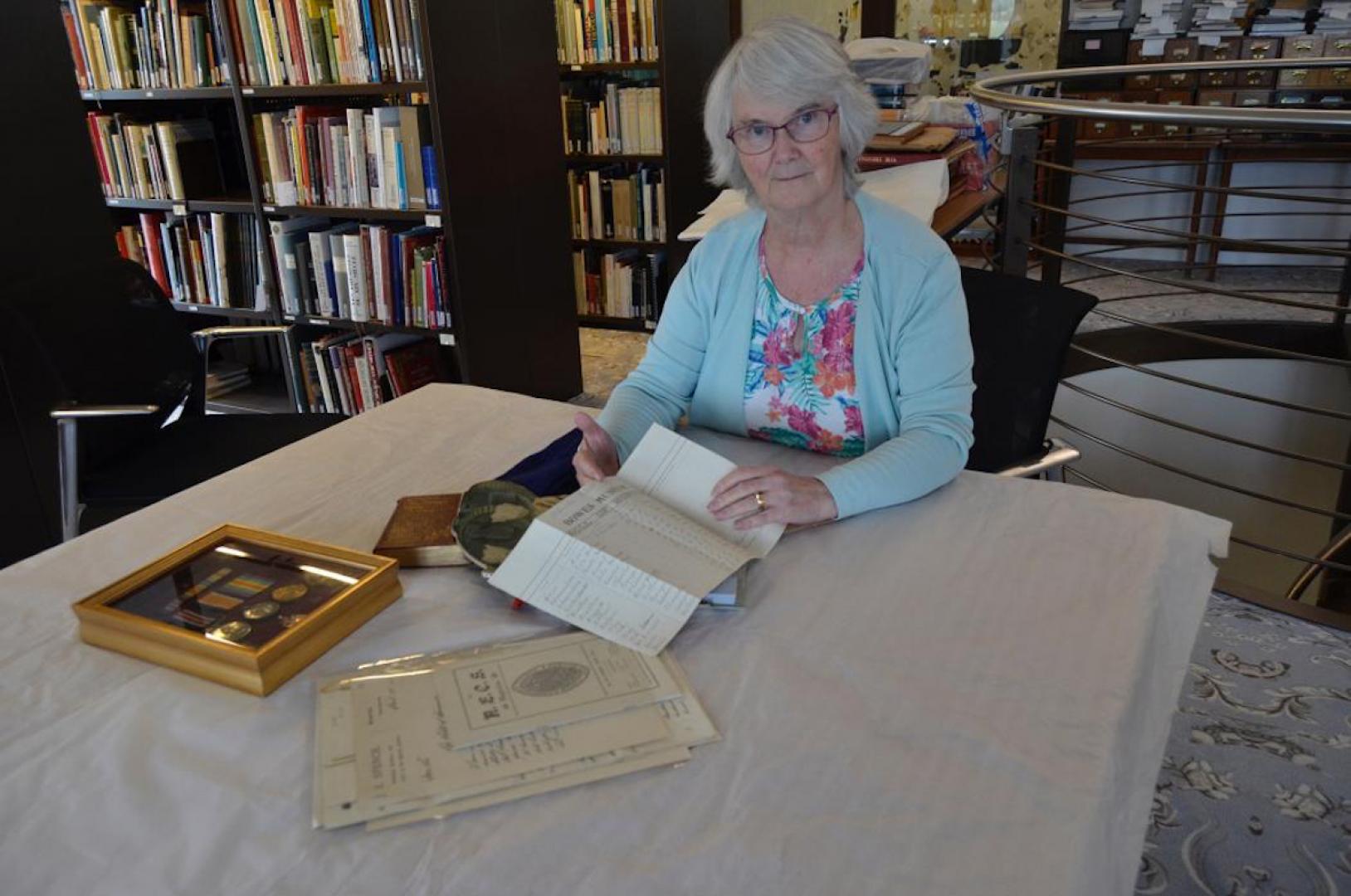In another of her occasional columns, Dorothy Blundell takes a sideways look at the collections of The Bowes Museum, where she volunteers
THE central dome of The Bowes Museum’s handsome mansard roof might once have been envisaged as an observatory to study the night sky.
In March 1874, the Newcastle Chronicle reported the intention to appoint “a competent astronomer” . It never happened.
Instead, the dome (or, correctly, pavilion) with its circular window is home to stargazing of a different sort: studying the life and times of the museum’s stars, founders John and Josephine Bowes and their art collection.
Nestling within thousands of letters, invoices and bills are details from the minutiae of life as well as many of the significant purchases and moments in the development of the museum project.
The fun comes in trawling through and seeing how a snippet here, or reference there, can help to paint pictures of the past.
As a resource, The Bowes Museum Reference Library and Archive is a unique documentary of museum history in Britain and received national recognition in 2016.
Bowes was a meticulous record keeper. He annotated and stored letters received and household bills paid for the various French houses the couple occupied.
The records of life in France were kept separately from records relating to estate matters which he considered part of the continuing archive of the Strathmore estates.
The archive embraces records of expenditure and correspondence connected to his many interests, from the Theâtre des Varietes, in Paris, to horse racing, political activity and coal mining business.
Dr Judith Phillips, honorary archivist, has previously said: “It is not entirely clear how and when the archive was brought into the museum.
“Owen Scott (curator 1884 to 1922), organised the transportation of many objects from Paris and from storage in Streatlam Castle during John’s last years and after his death, and the records may have moved then.
“Work to sort, organise and catalogue the archive began in earnest in 2009 and by 2014 was virtually complete thanks to a team of dedicated volunteers, who have helped transcribe and translate the papers.”
Just over ten years ago, as part of major refurbishment and redevelopment of the museum, a purpose-built strongroom and reading room were created and if – outside of Covid regulations – you have occasion to visit (the reference library and archive is open strictly by appointment only) you will see that the view from the windows is stunning.
Previous digging into the archive has unearthed such gems as tickets for the Paris Salon (a prestigious annual art show) issued to Josephine as an exhibitor and on which we see her signature.
It’s notable because there are few surviving examples of her handwriting.
Then we have some doodles by a 15-year-old John Bowes when he should have been writing Latin verses in school.
Sadly, there are gaps in the archive. Significant is the absence of letters between John and Josephine.
When John was away on business, the couple would write to each other almost daily. Only one letter from Josephine survives.
It was reportedly found tucked into John’s travelling case. So what became of all the others?
Dr Phillips explained: “There are three possibilities: one, John destroyed them after Josephine died; two, they were lost in transit, or discarded by someone unaware of their significance; and three, John’s second wife, Alphonsine, destroyed them.
“It is one of the mysteries and one of the sadnesses that we are denied this insight into their relationship.”
That apart, the reference library and archive is such a treasure trove of information, underpinning the past and aiding modern research, that it, too, deserves consideration as a work of art.
The Bowes Museum is currently closed. When it is open, the reference library and archive is open to the public by appointment only. You can explore the collection online anytime at thebowesmuseum.org.uk.






